
Masayoshi Sukita found his perfect muse in David Bowie. The photographer has worked with the pop icon for 40 years, taking pictures of Bowie throughout his artistic eras—and personas. In 1977, Sukita took what would become an iconic image of Bowie: the cover of his ‘Heroes” album, which was slyly repurposed in 2013 for the singer’s surprise record, “The Next Day.” In October 2015, Bowie described Sukita in a statement: “This is a committed artist, a brilliant artist, I would call him a master.” TIME caught up with Sukita at New York City’s Morrison Hotel Gallery, where the retrospective Sukita: David Bowie is on display.
TIME: How did your work as a photographer begin?
Sukita: When I was in high school, over 60 years ago just after World War II, my family was poor. My father died during the war, and I received a Rolleiflex camera as a gift from my mother. The very first photo I took was of my mother, that was the beginning. Then, I wasn’t thinking about being a professional photographer, it was just a hobby at first. For a photo exhibit, I once had to pick one photo out of all the images I’ve taken, everybody thought I was going to pick one of my more well known photos of David Bowie, but I actually chose the photo of my mother, because that was the beginning of my life as a photographer. It was a hard choice, but if someone told me to pick only one photo from my career, of course it would be of my mother.
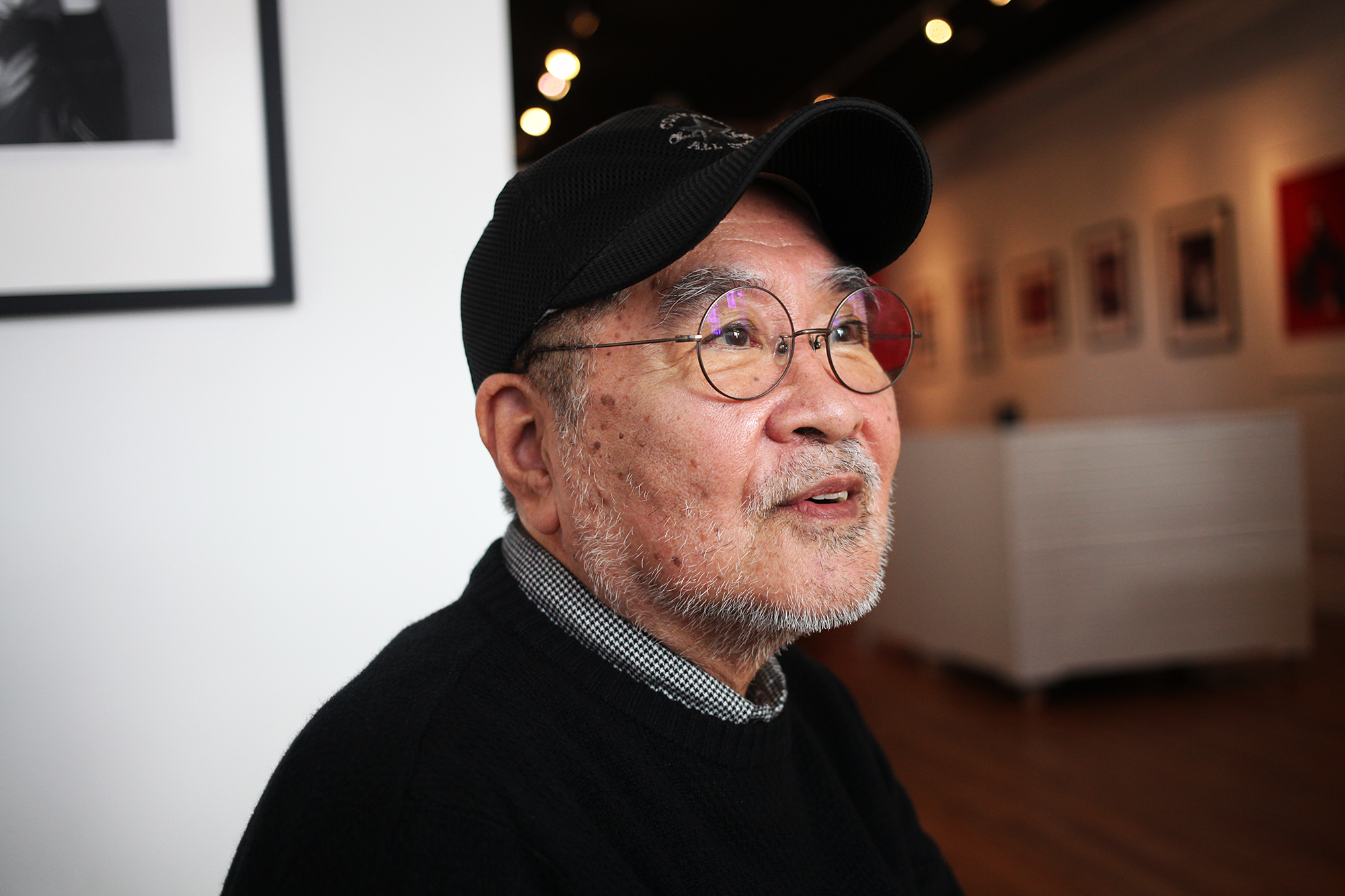
What did you find about David Bowie that was particularly interesting?
In the very beginning, when I first met David Bowie, I was in London back in 1972. I went to London to shoot T-Rex and of course I knew T-Rex back then, but I didn’t know who David Bowie was. I saw a concert poster on the street and I asked students about David Bowie, they were fans of him as an upcoming artist, and I thought that I should contact him to take a photo. I showed Bowie my portfolio, he liked it. First meeting him, I didn’t know who he was or his music, but Bowie was learning dance with Lindsay Kemp. His body movement was just amazing, so that was my first impression of Bowie and movement. Music-wise, back then there was Stanley Kubrick’s 2001: A Space Odyssey, which was pretty popular, so Bowie was into space and fantasy music, it was all combined, and became iconic.
What was the creative process behind the shoot for the Heroes cover?
Back then, David Bowie was producing Iggy Pop, so they came to Japan for promotion for Iggy Pop. They called me up for an hour photo shoot each, so it didn’t start off as an album cover, it was just a general photo session. I didn’t think of any creative settings for David, everything just came out of the nature of David, he was just sitting or standing, or making a move. Then I realized, taking a portrait as a natural being was more interesting than making a creative setting. Instead of giving him directions, I just captured the nature of Bowie. I sent a bunch of contact sheets I picked to David and a month later, he told me that they’d use that photo as the album cover, I was really happy about it.
What did you think of the repurposed use of the Heroes cover for Bowie’s The Next Day cover in 2013?
I was very surprised, because I wasn’t told until the last minute. I didn’t know when the album was coming out, or that he was using the same image from Heroes.

The casual images of Bowie, like on the subway, have a timeless feel to them. Are you thinking about that when in the moment?
I was always aware of the images being contemporary, whether it be a street shot, or in the city, for example.
This year, David Bowie called you “a brilliant artist” and “a master.” Who do you consider a master of photography?
Irving Penn was my influence. When I first saw his photos, I thought the lighting and everything was just amazing.
Over the years of working with David Bowie, how did you keep the visual presentation of images evolving?
Back in the day, I was trying to come to New York City, because it was the center of the music world in the 1970s. I was thinking of coming to New York to take photos of the musicians, but then I realized after I met David Bowie, maybe I can pursue just one specific figure for a long time versus all different musicians, and that was David Bowie. Whenever he would come to Japan, he would call me up to do a photo shoot. Once in a while, we’d meet up to do photo sessions and kept doing that over our relationship for the last four decades.
Concerning your work with Bowie, how would you define the relationship between subject and artist?
I never thought of David as specifically a friend or subject, he’s always “David Bowie.” I was interested in Western culture and David Bowie was always interested in Eastern culture. He loved Kyoto, even before we met. David loves to go to Kyoto and pursue Japanese culture and traditional things. We’ve been exchanging the Eastern and Western cultures all these years, which is how we built our relationship. Every time we take photos, it’s not pre-planned. It’s not like calling the manager and saying “Are you available, what time?” So with him, it’s really hard to differentiate between friend or subject.
Interview translated by MaiMai Sakamoto
Sukita: David Bowie is on display at New York City’s Morrison Hotel Gallery from Nov. 12-30, 2015, and will be on display among other pieces at Miami’s EPIC Hotel for Art Basel with Morrison Hotel Gallery from Dec. 3-6, 2015.
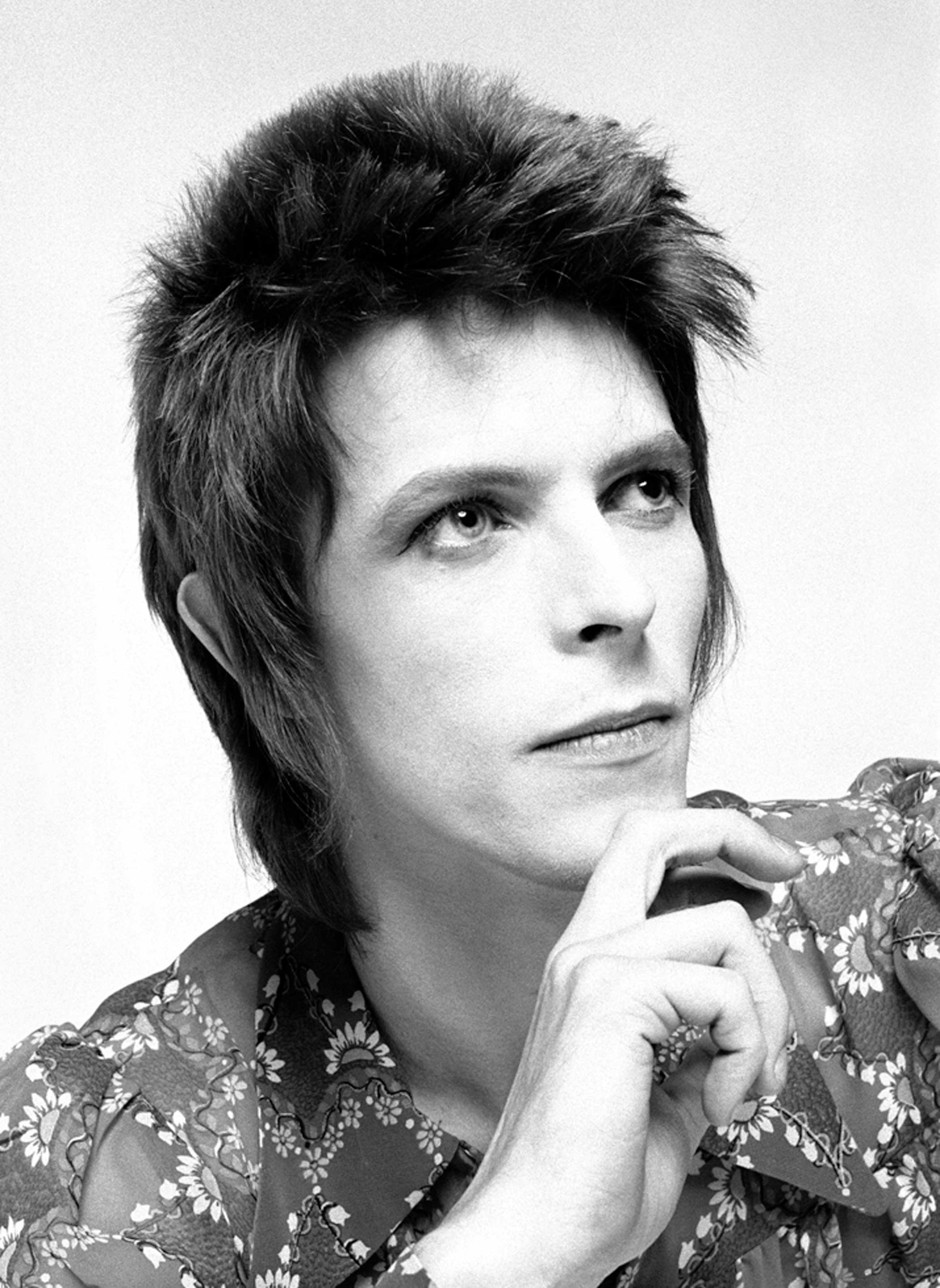

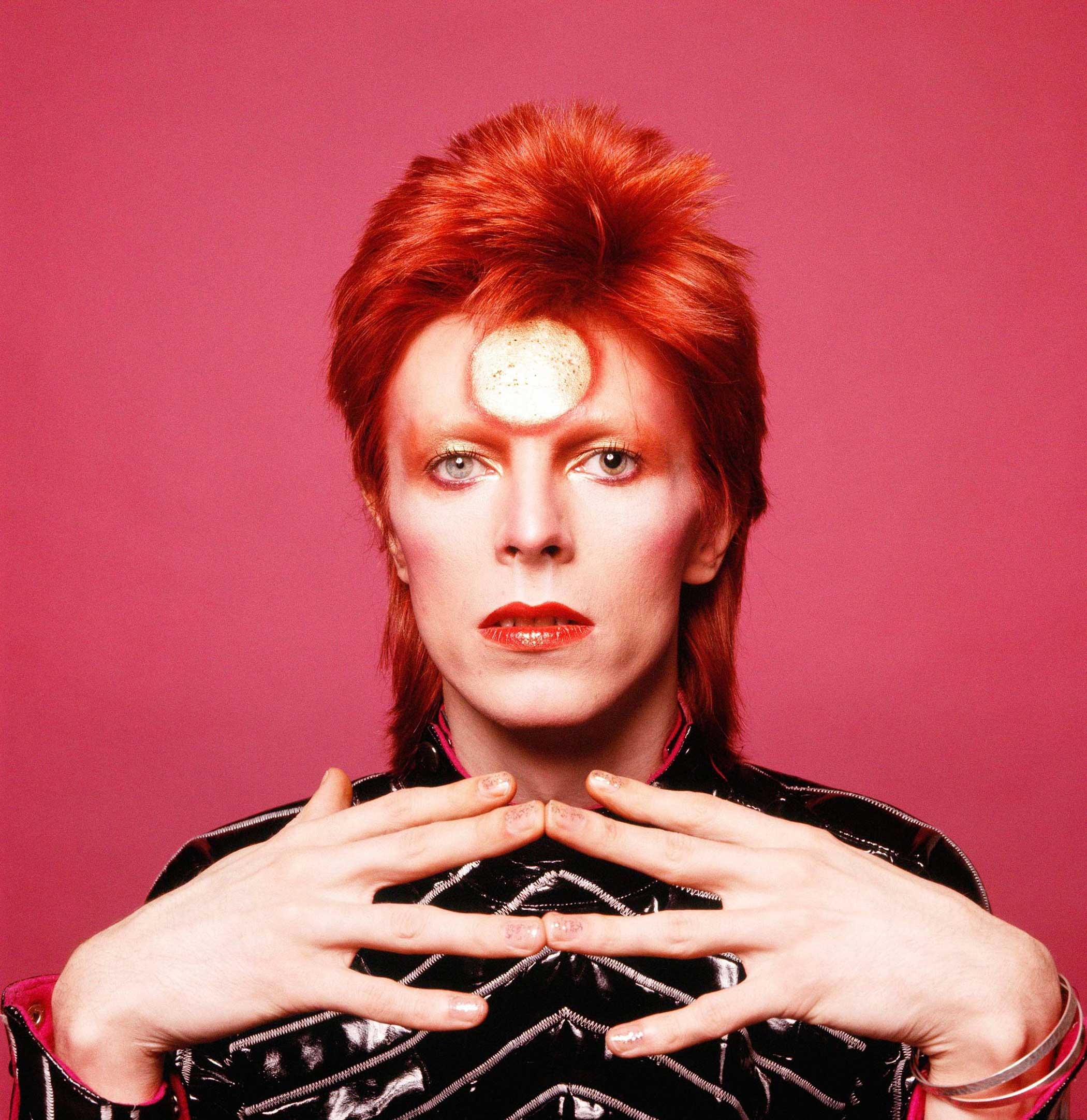



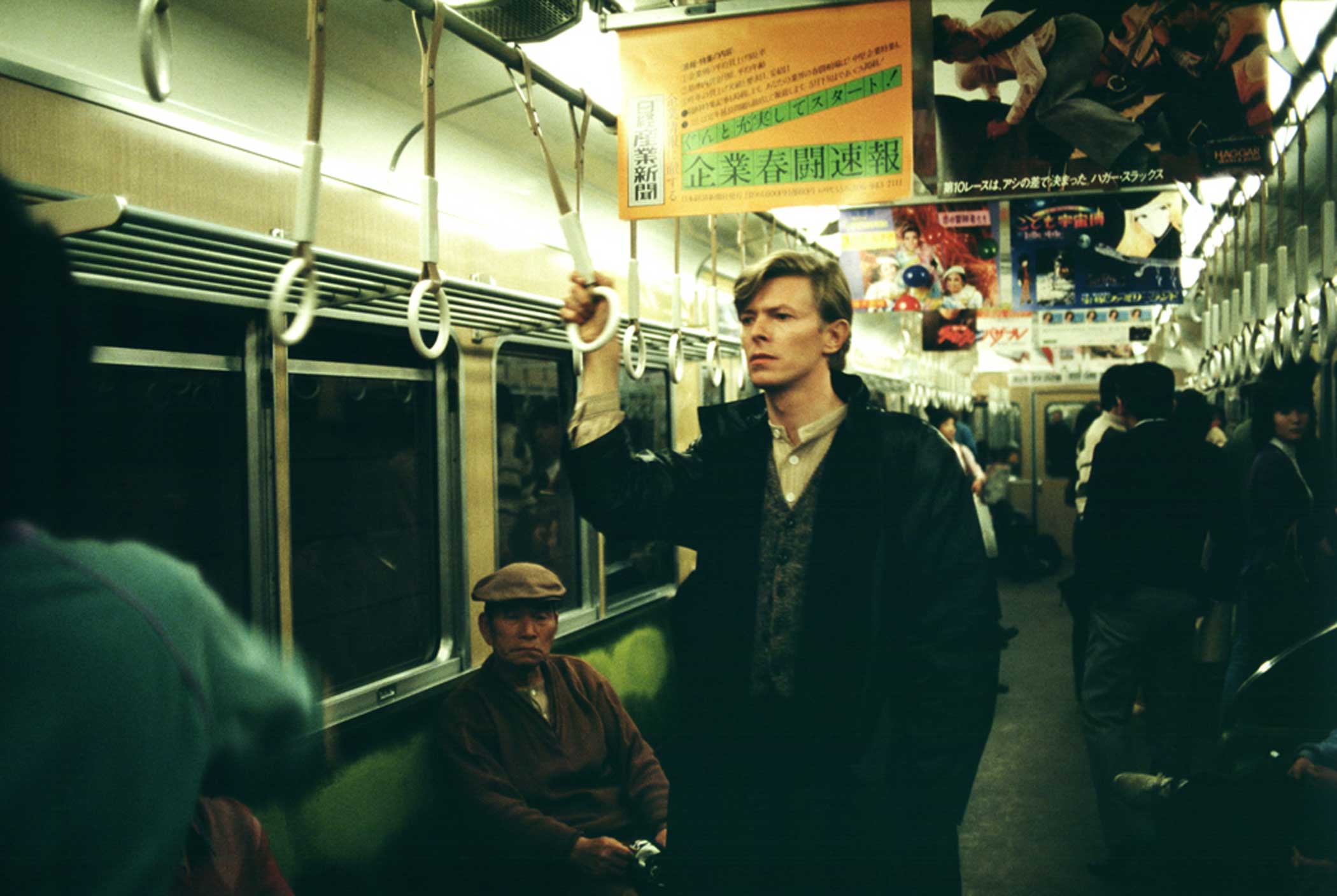
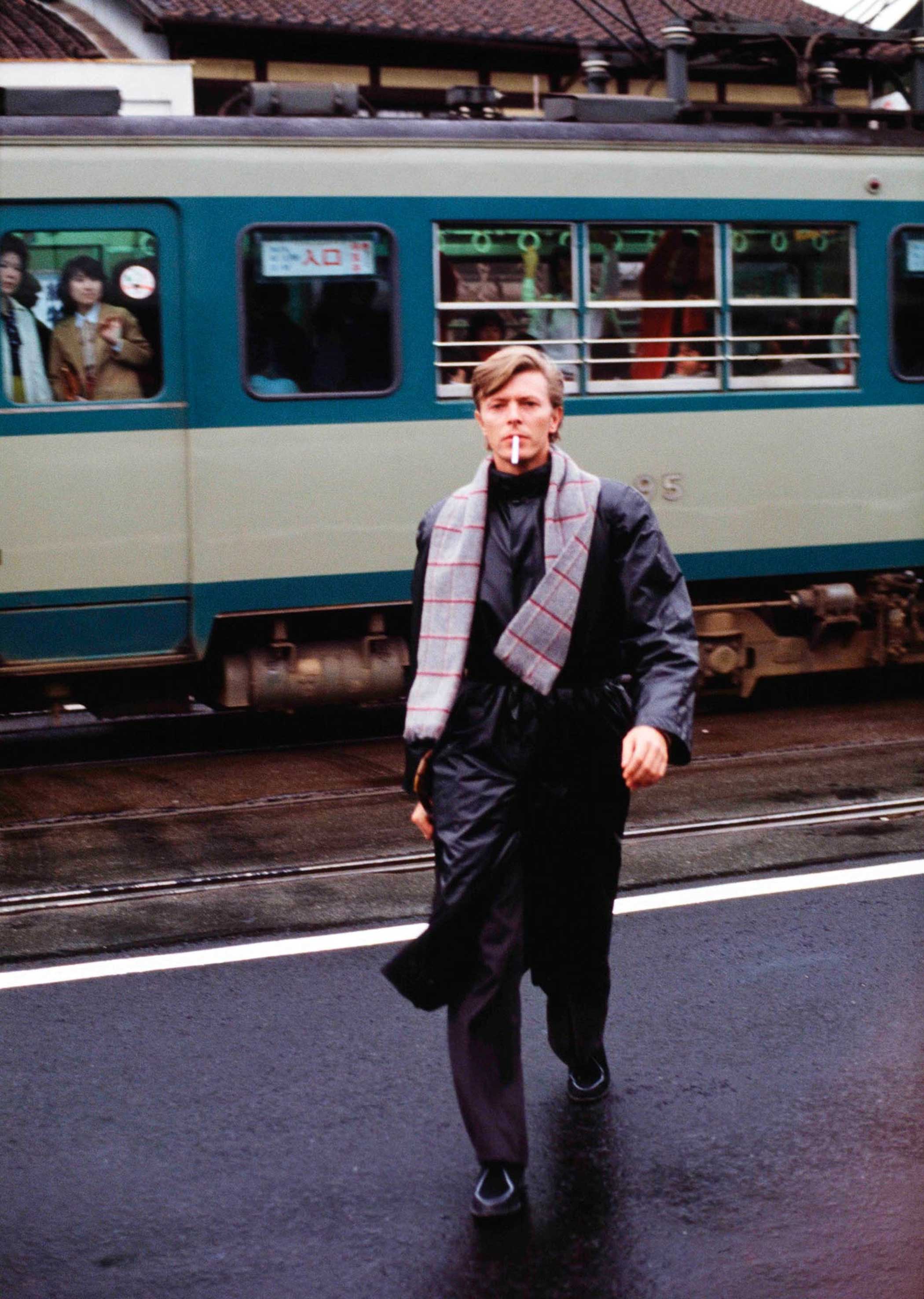

More Must-Reads from TIME
- Cybersecurity Experts Are Sounding the Alarm on DOGE
- Meet the 2025 Women of the Year
- The Harsh Truth About Disability Inclusion
- Why Do More Young Adults Have Cancer?
- Colman Domingo Leads With Radical Love
- How to Get Better at Doing Things Alone
- Michelle Zauner Stares Down the Darkness
Contact us at letters@time.com